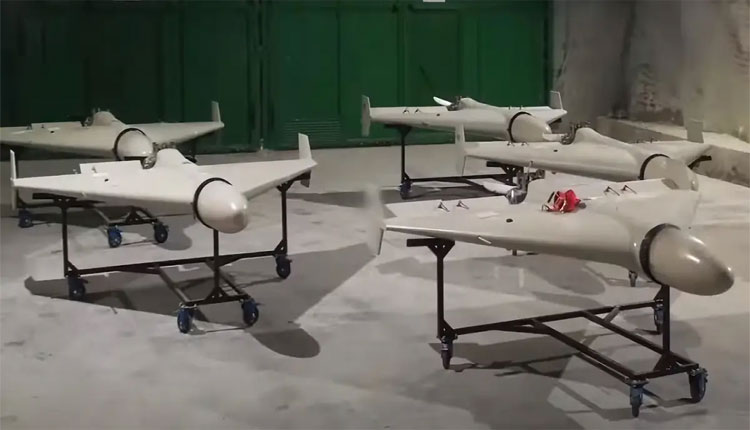New Delhi: In a significant leap for India’s defence capabilities, the National Aerospace Laboratories (NAL) has successfully developed indigenous Kamikaze drones, designed to strike targets deep within enemy territory. These self-destructive drones, which can travel up to 1,000 kilometres, are a major advancement in the country’s defence technology.
Kamikaze drones, also known as “suicide drones,” are designed to destroy themselves upon reaching their target. The drones carry explosives and are capable of flying autonomously, circling their target, and detonating on impact. This innovation is a product of NAL’s expertise and is powered by fully indigenous engines, marking a key achievement in India’s push for self-reliance in defence.
The project was led by NAL Director Abhay Pashilkar, who emphasised the strategic value of these drones. “Kamikaze drones offer new combat capabilities at a lower cost and operate without the need for human intervention. This makes them both efficient and effective in warfare scenarios,” said Pashilkar.
Equipped with a 30 HP engine, these drones are capable of carrying a payload of 100 to 120 kg, which can include up to 40 kg of explosives. They are controlled remotely from a command centre and can be directed towards a precise target, making them an ideal tool for precision strikes.
NAL, established in 1959, has been at the forefront of aerospace research in India. The development of the Kamikaze drones is a testament to the laboratory’s growing contribution to India’s defence ecosystem, providing a robust, home-grown solution for modern warfare.
As these drones undergo further testing and refinement, they are expected to play a critical role in enhancing India’s defence readiness and operational capabilities in the coming years.



Comments are closed.